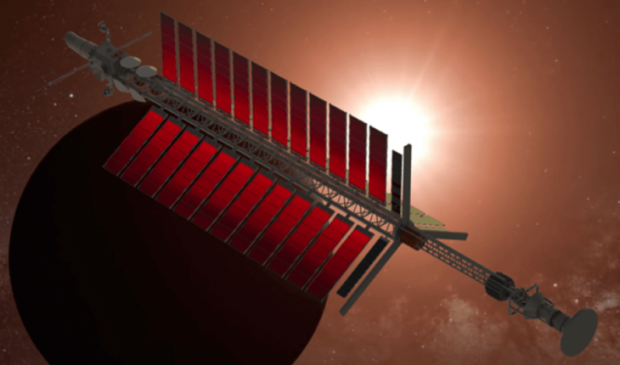
Breaking News
 China Will Close the Semiconductor Gap After EUV Lithography Breakthrough
China Will Close the Semiconductor Gap After EUV Lithography Breakthrough
 The Five Big Lies of Vaccinology
The Five Big Lies of Vaccinology
 Large global study analyzing data from 192 countries has sparked intense debate by suggesting...
Large global study analyzing data from 192 countries has sparked intense debate by suggesting...
Top Tech News
 EngineAI T800: Born to Disrupt! #EngineAI #robotics #newtechnology #newproduct
EngineAI T800: Born to Disrupt! #EngineAI #robotics #newtechnology #newproduct
 This Silicon Anode Breakthrough Could Mark A Turning Point For EV Batteries [Update]
This Silicon Anode Breakthrough Could Mark A Turning Point For EV Batteries [Update]
 Travel gadget promises to dry and iron your clothes – totally hands-free
Travel gadget promises to dry and iron your clothes – totally hands-free
 Perfect Aircrete, Kitchen Ingredients.
Perfect Aircrete, Kitchen Ingredients.
 Futuristic pixel-raising display lets you feel what's onscreen
Futuristic pixel-raising display lets you feel what's onscreen
 Cutting-Edge Facility Generates Pure Water and Hydrogen Fuel from Seawater for Mere Pennies
Cutting-Edge Facility Generates Pure Water and Hydrogen Fuel from Seawater for Mere Pennies
 This tiny dev board is packed with features for ambitious makers
This tiny dev board is packed with features for ambitious makers
 Scientists Discover Gel to Regrow Tooth Enamel
Scientists Discover Gel to Regrow Tooth Enamel
 Vitamin C and Dandelion Root Killing Cancer Cells -- as Former CDC Director Calls for COVID-19...
Vitamin C and Dandelion Root Killing Cancer Cells -- as Former CDC Director Calls for COVID-19...
 Galactic Brain: US firm plans space-based data centers, power grid to challenge China
Galactic Brain: US firm plans space-based data centers, power grid to challenge China
Mach Effect Propulsion Levels Becoming Significant and Reliable

In 2017-2018, there was belief that significant propulsion effects were realized. The actual experiments were at 1-5 micronewtons but there was hope of scaling it with increased power to 60 millinewtons with a kilowatt system. However, errors were found.
Woodward has built a new kind of mount that positions the piezoelectric disk stack in the center of two rods riding on ball bushings. The new thruster mount does not damp the harmonized vibrations that are key to propulsive force in these devices.
The MEGA drive has been propulsive force measured at more than 100-micronewtons instead of the 1 to 5-micronewton range. The MEGA thruster can now be seen moving by about half a millimeter.
The effect can only be seen for a few seconds. The resonant frequency constantly changes as the device heats up and varies with the experimental setup. Chip Akins, an engineer, is building a custom amplifier that will track the resonant frequency as it changes. If this chip works as intended then the MEGA drive will produce a sustained thrust.
Mike McDonald, an aerospace engineer at the Naval Research Laboratory in Maryland, will independently test the system. Testing will likely begin in 2021 after the pandemic. If all goes well a small device could be taken into space late in 2021 or in 2022.

 This is why RAM costs so much
This is why RAM costs so much

